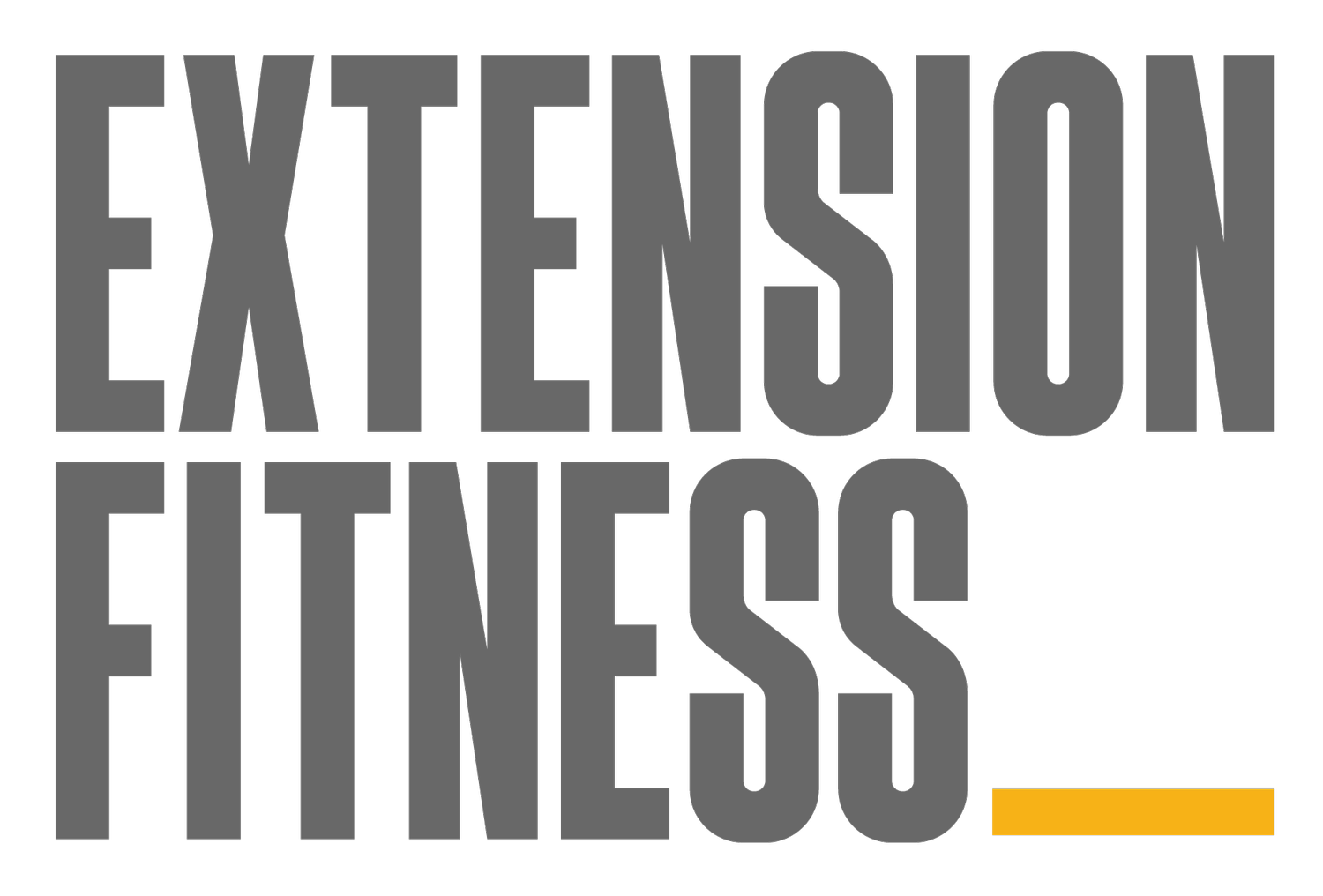Kelpie Korrespondent #2: Musings and advice on running technique
If you’re at all familiar with the world of distance running, it’s likely you’re aware of an increased focus (and resultant controversies) on all aspects of running technique and running injury prevention in the last 10-or-so years. This is - in part - due to another running boom, akin to the jogging boom of the 1980s. Yay for running booms! (Seriously). It’s also downstream of a very influential (and entertaining) book called “Born to Run” by Chris McDougall.
Here are some of the things people have asserted, with varying degrees of factual support and logical interpretation of evidence:
You must run on your forefoot!
You must run barefoot (or in minimalist running shoes)!
You can’t run because your glutes are asleep (and this is because of your sedentary lifestyle)!
You need more cushioning in your shoes!
You need less cushioning in your shoes!
You must take 180 steps per minute!
Your core is too weak!
Your core is too strong!
You need to strength train!
You need to stop strength training!
I could go on.
Here’s my Kelpie Korrespondent opinion on the situation:
In many ways, we are not seeing the woods for the trees. A myopic focus on technique/form has diverted attention away from the main things that determine whether you can improve your running and stay un-injured: maintaining a sensible blend of running volume (kilometres/mileage) and running intensity, avoiding over-training, getting enough rest and sleep, maintaining consistency and doing supportive strength training.
Running technique is a thing that really matters! Some people have wanted to distance themselves so comprehensively from the technique wars that they have written off the area as being irrelevant. Maybe they’re right but as someone who has benefited immensely from technique adjustments and witnessed the same phenomenon in others, I’m reluctant to draw that conclusion.
In the mean time, here are some running form variables that you can adjust to increase the comfort of your run and mitigate against injury:
Avoid over-striding
Your foot should make contact with the ground slightly ahead of your centre of gravity and NOT too far ahead of you. Over-striding is like applying the brakes after each propulsive effort. The effect of excessive braking forces can be to load up the muscles and joints of your legs in a way helps you get injured and hurts your running speed. Not a good combo. Check out this video for a great explanation of this phenomenon. I really like James Dunne’s tip: the foot should land under a flexing knee.
Maintain upright posture
It’s common to see a weary or tiring runner adopt a hunched posture: rounded shoulders, flexed upper back, eyes to the path directly in front of them. This can lead to … over-striding! Plus in this posture you can compromise your ability to use your upper body and trunk to help you generate momentum. The way to address this is through getting an awareness of what good running posture feels like for your particular body, and then gradually increase your ability to maintain it over longer and longer periods of time. See this Strength Running video.
Try out a faster cadence (cadence = steps per minute)
It is true that fitter, faster and more skilful runners have a higher cadence than untrained or recreational runners. But this is at least partly (and probably mostly) due to the fact that they have the strength and fitness to run faster! Speed is a function of stride length and cadence. The take away for weekend warrior runner is that you may be able to run faster and/or more efficiently by increasing your cadence. A higher cadence may optimise the amount of impact you’re exposed to and reduce the energy cost at a given speed. How do I increase my cadence? Here’s a few simple steps to get started:
Measure your cadence at a relaxed pace
Count how many times your right or left foot strikes the ground in a 15 second period when you’re running. Multiply this by four and that is your steps per minute. You can do this on the road or on a treadmill (NB: cadence is probably naturally higher on a treadmill by a small margin).
2. Experiment with raising your cadence very slightly for short periods
If you feel you’re able to more comfortably maintain a given speed with a higher cadence, you may wish to gradually transition to a higher cadence stride pattern.
Personally, I have found that I benefit from focussing on a slightly raised cadence in the second half of a fast 5K or the last third of a half marathon. It’s possible that focus on cadence may have particular benefit when you have a lot of muscular fatigue on board. But don’t take that as gospel.
Lift your heels a little
Disclaimer: I have observed some really speedy runners who have a very low heel lift! It’s probably unwise to interfere with your gait pattern if it’s working just fine for you.
The running gait cycle is broken up into the stance phase and the swing phase. Swing phase = returning the limb which has just propelled you back to the front of your body to repeat the job of pushing you along (in this phase the foot makes zero contact with the ground). If you swing a straight leg back to the start position, it may be that you’re working harder than you need to. Improve the leverage equation at your hip by bending your knee a little and lifting your heels as you swing through. Try it out and if it feels more comfortable then that’s probably a good indication that making a change in your running gait will be beneficial.
WANT TO TALK ABOUT YOUR TECHNIQUE? Send me an email - hello@extensionfitness.com.au
WANT IN-THE-FLESH HELP WITH YOUR TECHNIQUE? I can help in a cost-effective way. Email hello@extensionfitness.com.au to ask for further info.
